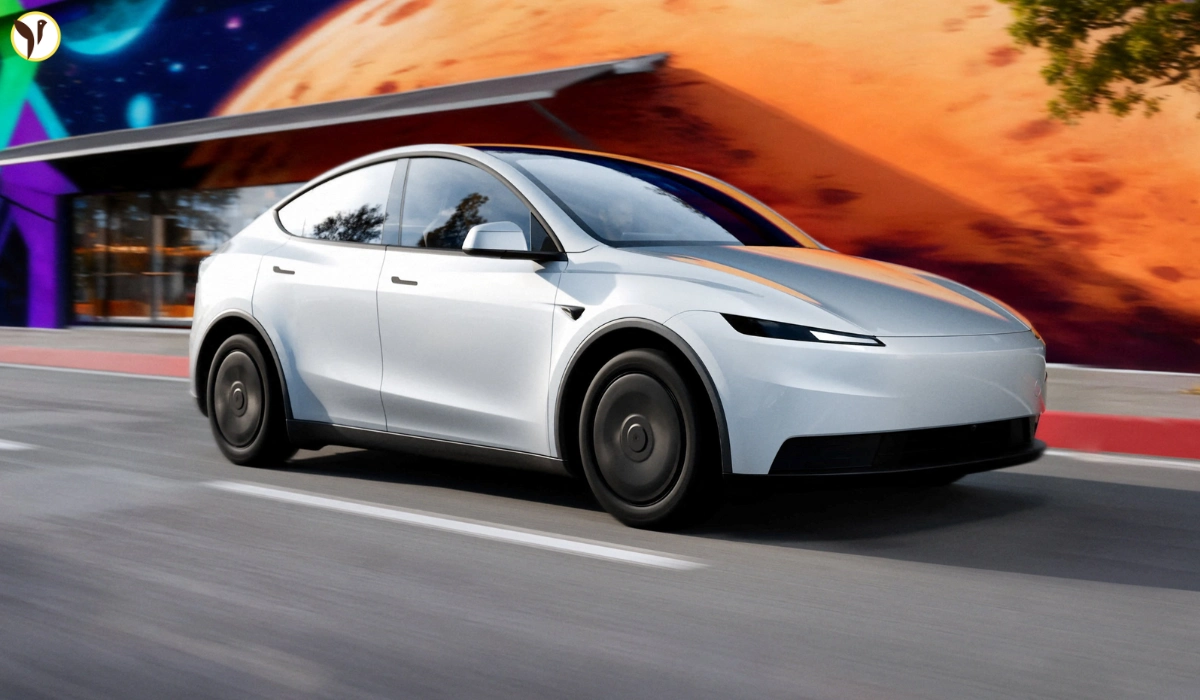Tesla is back in the headlines — and this time, it’s all about its massive supply-chain shift. The company has told suppliers to avoid China-made components for U.S.-built Tesla cars. This decision has created huge buzz across the auto world because it shows how Tesla plans to protect itself from global risks, tariff changes, and supply slowdowns.
Tesla’s New Move: A Supply Chain Revolution Begins
Tesla’s new policy is simple but bold. The company wants nearly zero China-origin parts in upcoming U.S. Tesla models. That means suppliers must switch production to regions like Mexico and Southeast Asia. For Tesla, this is about stability, not just politics.
This shift highlights Tesla’s long-term plan: build a cleaner, safer, and more independent supply network. It’s a major move—one that could influence the entire global EV market.
Why Tesla Wants a China-Free Future for U.S. Cars
Tesla has faced years of tariff changes and supply-chain delays. The company now wants to avoid sudden disruptions. A China-free approach gives Tesla more control over quality, delivery, and cost prediction.
Tesla also sees this as a way to speed up production. When parts arrive faster and locally, the company can respond quicker to demand, especially in critical markets like the U.S.

Tesla Batteries Get a Big Upgrade: No More China Dependency
One of the biggest updates is Tesla’s battery strategy. Tesla is planning domestic LFP battery production at its Nevada plant. This lets Tesla reduce reliance on foreign suppliers while building a new battery ecosystem closer to home.
How Tesla’s Decision Impacts the Future of EV Manufacturing
Tesla’s bold shift is pushing other automakers to rethink their supply chains. A strong, local supply network means fewer surprises and faster production cycles. If Tesla succeeds, this could become the new industry standard.
Final Thoughts
Tesla is clearly preparing for a future where supply chains are more reliable and closer to home. This strategy will help Tesla avoid uncertainty, maintain faster production, and protect its U.S. operations from global tension. As Tesla evolves, the entire EV market will be watching closely — because when Tesla moves, the industry feels it.



/content/stories/thumb/thumb69187cf29856e7.13942669.webp)
/content/stories/thumb/thumb691863e0db9f72.31404932.webp)
/content/stories/thumb/thumb691831d15077e9.72913291.webp)
/content/stories/thumb/thumb691818fa02ca65.04368969.webp)
/content/stories/thumb/thumb69172cabdcf019.05656310.webp)


